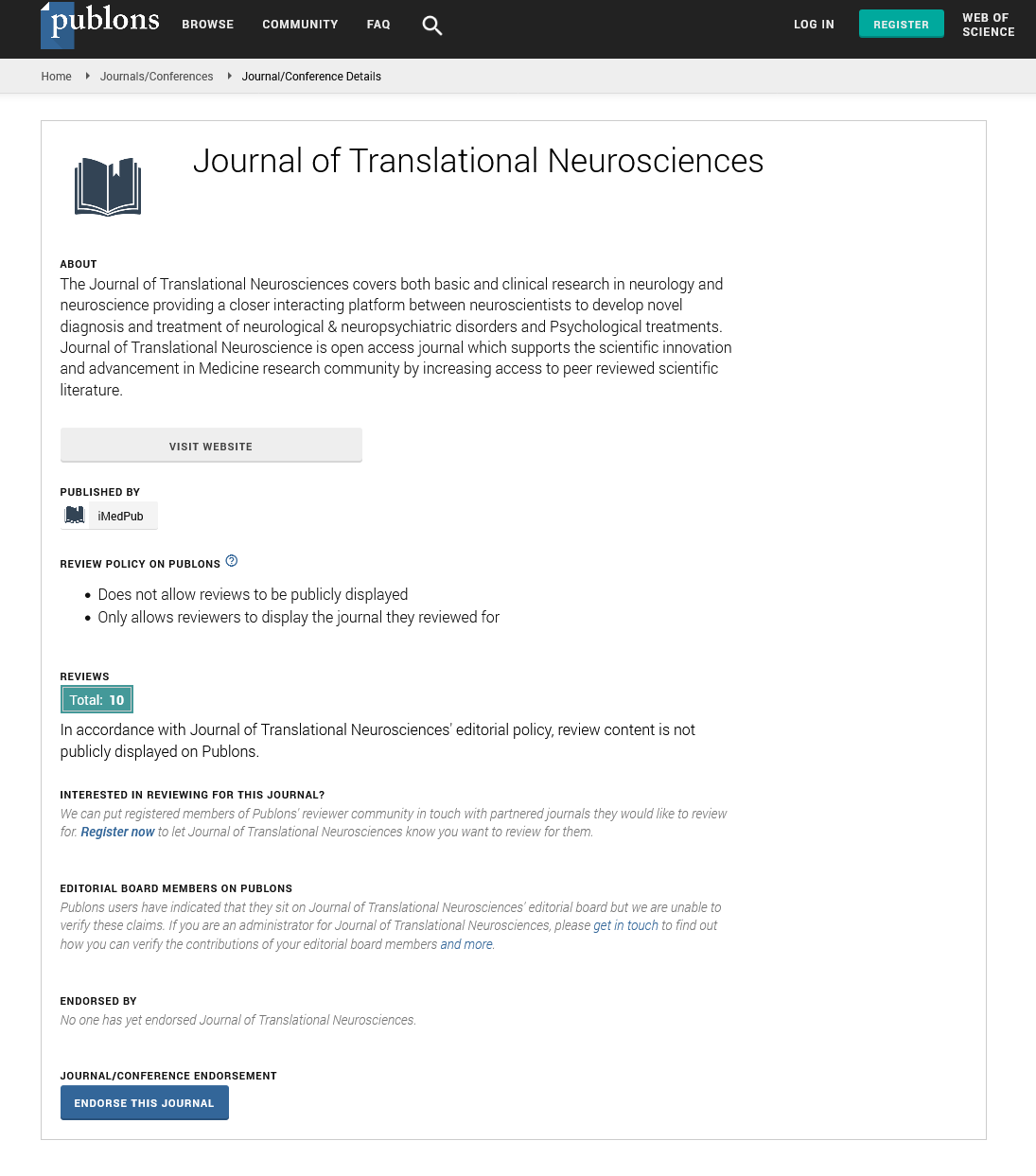Abstract
HIV/AIDS vulnerability among street Children in Urban Bangldesh: A reality of Old Dhaka
A growing pace of urbanization has created a number of crisis in Bangladesh, especially as regards good governance and sustainable develovement. The Government’s structure is highly centralized, limiting local officials’ authority and flexibility to adapt to local circumstances and demand. Moreover, the persisting of traditional customs, perceptions, attitudes and practices towards children within society often hamper development. Uneven urbanization, the absence of good governance, political culture, the huge pressure of ruralurban migration in recent times and the related unplanned character of the urban dwelling system all lead to the presence of a growing number of homeless or ‘street’ people within the city. In this context the present study aims to address the phenomenon of street children and their susceptibility to the threats and harms of sexual abuse, substance use as well as the related risk of contracting HIV/AIDS. The present study follows the UNICEF’s concept of boys and girls, aged under 18 years, who live on the street or unoccupied dwellings and wasteland as their source of livelihood, and who are inadequately protected or supervised as referred to “street children” (Benitez, 2009). The study also aims to explore specific factors that render children vulnerable and affected by these behaviors. The authors attempt to examine HIV/AIDS vulnerability among street children in Old Dakha; this is done through a field level investigation combined with a critical review of theoretial frameworks. Thus, the paper is based upon a qualitative approach which includes analysis of secondary sources of data, yet it also deals with primary data through case studies (12), KIIs (6) and FGDs (4). Snow ball sampling techniques were adopted to select respondents in this study. The overall outcomes of this paper reveal that street children have a moderate knowledge on HIV/AIDS - they have become aware of its dangers due to intervention by many govermment organizations and NGOs. However, due to cultural barriers such as unprotected sex and the accessibility of porn or vulgur video clippings to them, they often fail to apply this knowledge and awareness. Consequently they do engage in high risk behaviors such as drug abuse and their sexual safety measures are inconsistent, meaning that vulnerability to HIV/AIDS is maintained. Integrated as well as comprehensive intervention programs coupled with continuous monitoring and sustainable supervision are needed; through this process both factual knowledge and cultural constructions among the population must be addressed.
Author(s):
Saidur Rashid Sumon
Abstract | PDF
Share this

Google scholar citation report
Citations : 46
Journal of Translational Neurosciences received 46 citations as per google scholar report
Journal of Translational Neurosciences peer review process verified at publons
Abstracted/Indexed in
- Google Scholar
- JournalTOCs
- China National Knowledge Infrastructure (CNKI)
- Publons
- Secret Search Engine Labs
- Euro Pub
Open Access Journals
- Aquaculture & Veterinary Science
- Chemistry & Chemical Sciences
- Clinical Sciences
- Engineering
- General Science
- Genetics & Molecular Biology
- Health Care & Nursing
- Immunology & Microbiology
- Materials Science
- Mathematics & Physics
- Medical Sciences
- Neurology & Psychiatry
- Oncology & Cancer Science
- Pharmaceutical Sciences


